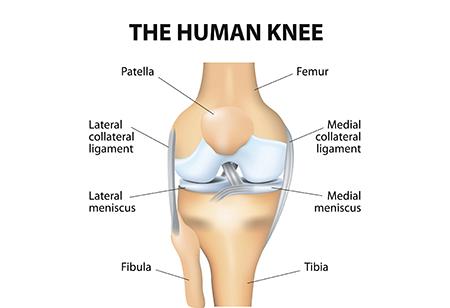Q. If I injure my knee, when should I see a doctor?
A: If you injure your knee and find you can't put weight on it, it gets very swollen, or you can't bend or straighten it, it's a good idea to see a doctor right away. There's no telltale sign that indicates a torn meniscus, so your doctor will have to run some tests to determine the extent of the injury.
However, if you don't have any of these urgent symptoms, it's OK to wait a few days or even a week before seeing a doctor. You may find that your symptoms resolve by using ice, compression and rest and by taking anti-inflammatory medications, as tolerated.
Q. If I have a larger tear in my meniscus, what are my treatment options?
A: Because a torn meniscus can't heal itself, larger tears require surgery. Today, meniscus surgery is an outpatient procedure done arthroscopically through two small incisions in the knee. The surgeon will remove the torn meniscus tissue, leaving behind as much as possible. In the very rare event of the need for total meniscus removal, your surgeon will discuss implant options with you.
Q. What is the recovery from meniscus surgery like?
A: Recovery from meniscus surgery is relatively quick. Immediately after surgery, you'll need to closely follow your doctor's post-op instructions. They include keeping weight off your knee, icing it and elevating it to reduce swelling, and caring for your bandage. After that initial phase, you'll go to physical therapy to strengthen your knee and the surrounding area. Most patients are able to resume their regular activities after four to six weeks.
Q. Can a torn meniscus lead to the need for a partial or total knee replacement?
A: If you're young, the likelihood of this happening is small. However, some older patients with large tears that required removal of a lot of meniscus tissue may develop arthritis. Eventually, this may lead to the need for additional surgery. However, the majority of meniscus repairs are straightforward and satisfying.
Q. What post-op symptoms should prompt meniscus surgery patients to follow up with their doctors?
A: If you're recovering from meniscus surgery and experience any activity-related pain or swelling, or if your knee fills up with fluid, call your doctor to have it evaluated.
